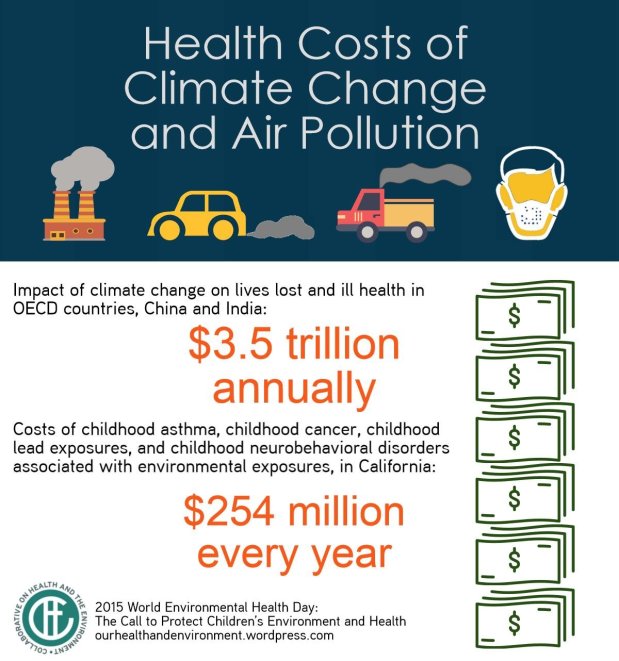To commemorate World Environmental Health Day this year and its focus on children’s environment and health, CHE is publishing a series of short essays from partners who are leaders in children’s environmental health.
written by Frederica Perera, DrPH
CHE Partner
The protection of children, and especially poor children, from air pollution and climate change resulting from the massive burning of fossil fuel is an urgent moral imperative. The large and mounting health and economic costs of pollution and climate change necessitate bold policy change.
The entire global population is affected; however, the first thousand days of life represent the greatest window of susceptibility both to toxic exposures and stressors from climate change. The developing fetus and young child undergo very rapid development during which time they lack the innate defense mechanisms operating in older children and adults. Thus, they tend to be the most affected both by toxic air pollutants and climate change. The impacts of exposure to air pollution include adverse birth outcomes, cognitive and behavioral disorders, asthma and other respiratory problems in children, while climate change increases the likelihood of heat waves, floods, drought, malnutrition, infectious disease, and social and political instability. These early impacts can translate to lifelong consequences for the young.



 On Tuesday, 23 September, the UN Secretary General Ban Ki-Moon is bringing together
On Tuesday, 23 September, the UN Secretary General Ban Ki-Moon is bringing together 